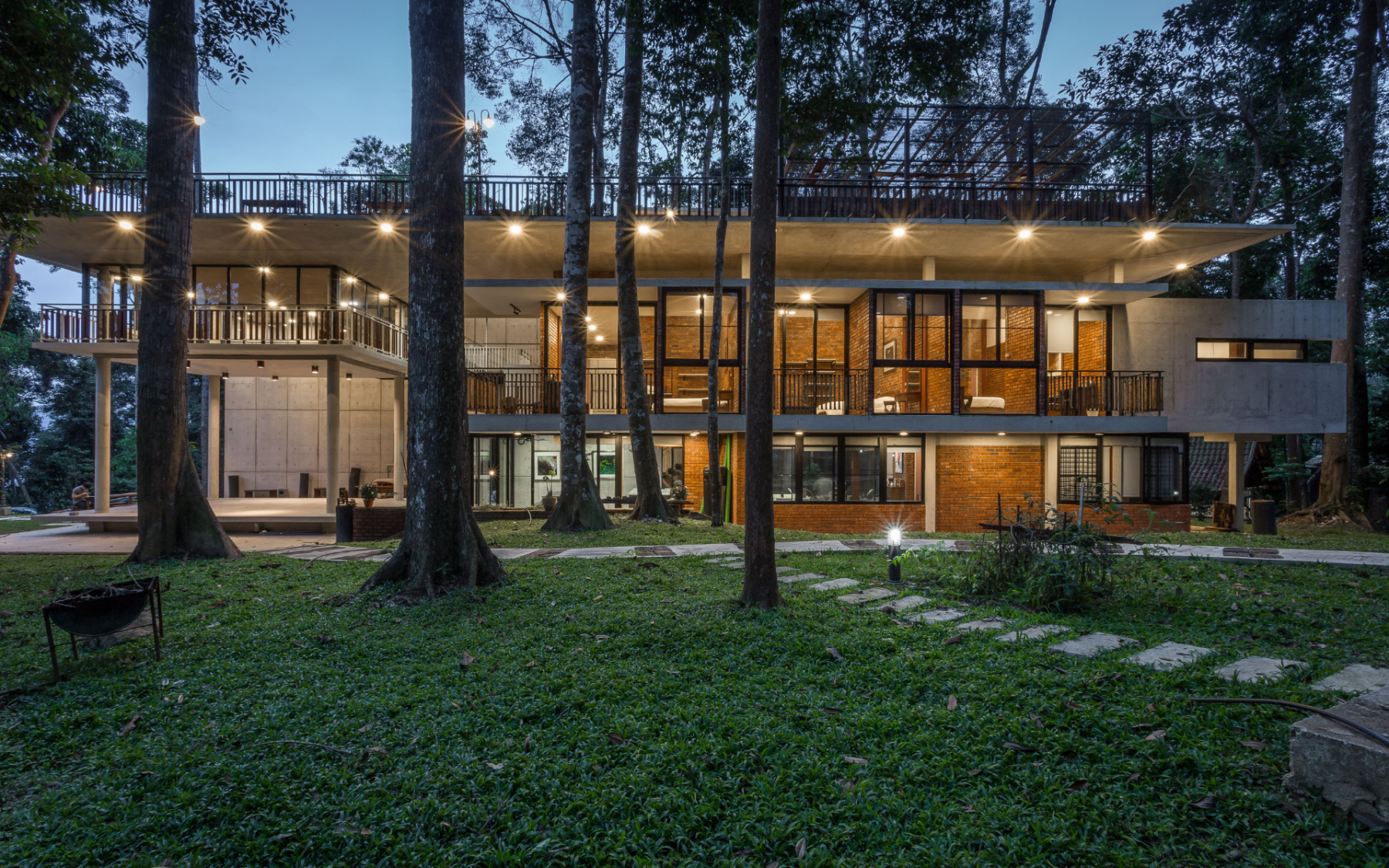Designed by CY Chan Architect, Twinkle Villa in Janda Baik won the best building prize at Persatuan Arkitek Malaysia Awards in 2017
The green enclave Tanarimba in Janda Baik has become something of a Hamptons type weekend getaway for well-heeled city dwellers. Just a half an hour (on a good day) drive and its good bye stifling heat and frenetic city life, hello cooler temperatures and fresh hill breezes. The architecture of these private homesteads range from the unapologetically modern to Balinese timber fantasies, more representative of the owners’ tastes rather than a response to the majestic pine trees and old tropical hardwood forests surrounding them.
However, Twinkle Villa, located on the highest point of Tanarimba, won the best building and a gold award at the Persatuan Arkitek Malaysia Awards in 2017 for “conversing eloquently with the idyllic forest and responding climatically to the setting”. The Awards Jury went on to say: “Hard on the external appearance, it transforms and opens up dramatically towards the woodlands while unravelling the charming and delightful ambience of a retreat within.” The client had approached CY Chan Architect to design a retirement home which was close to nature and a retreat from hectic city life.

















